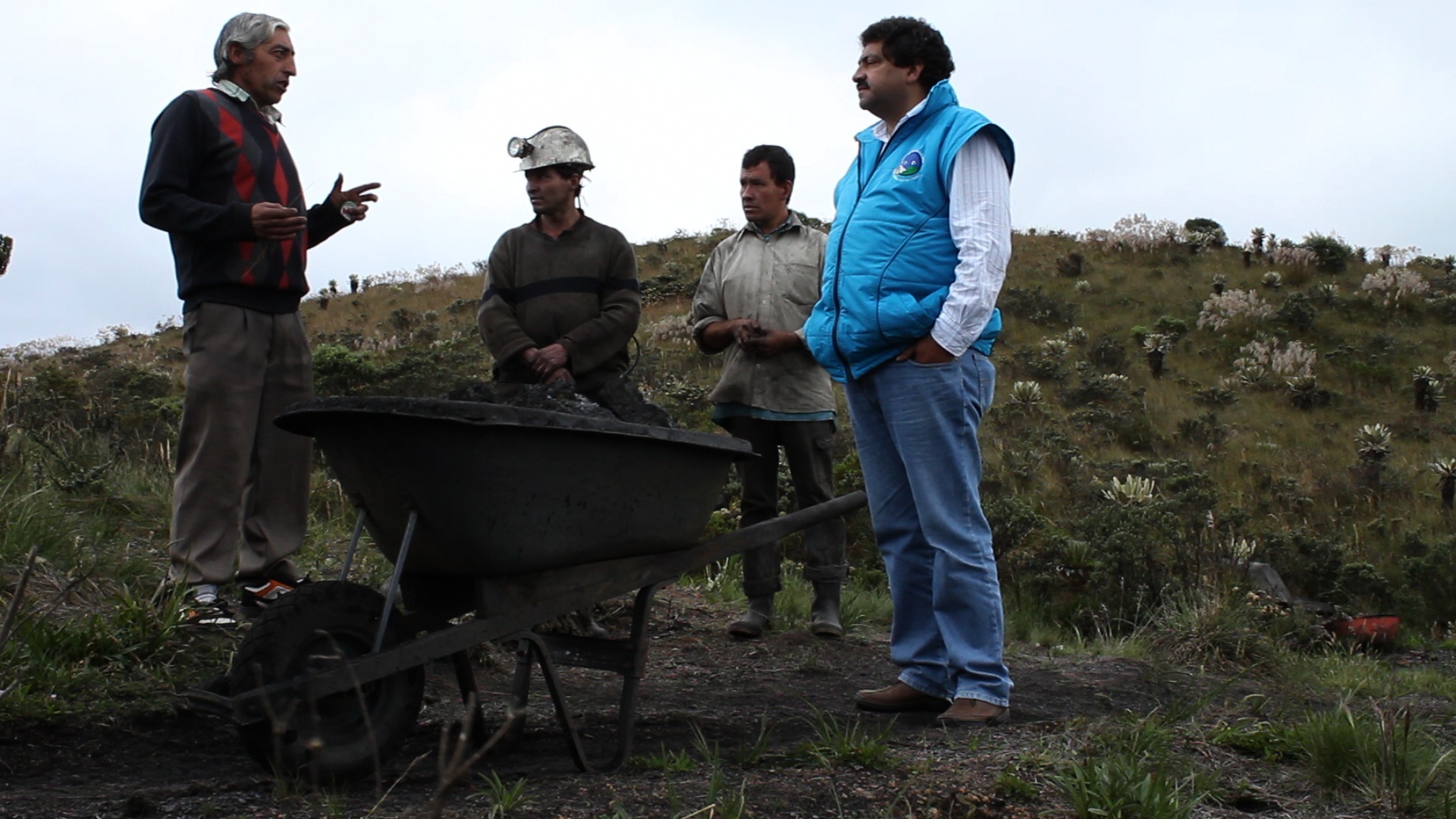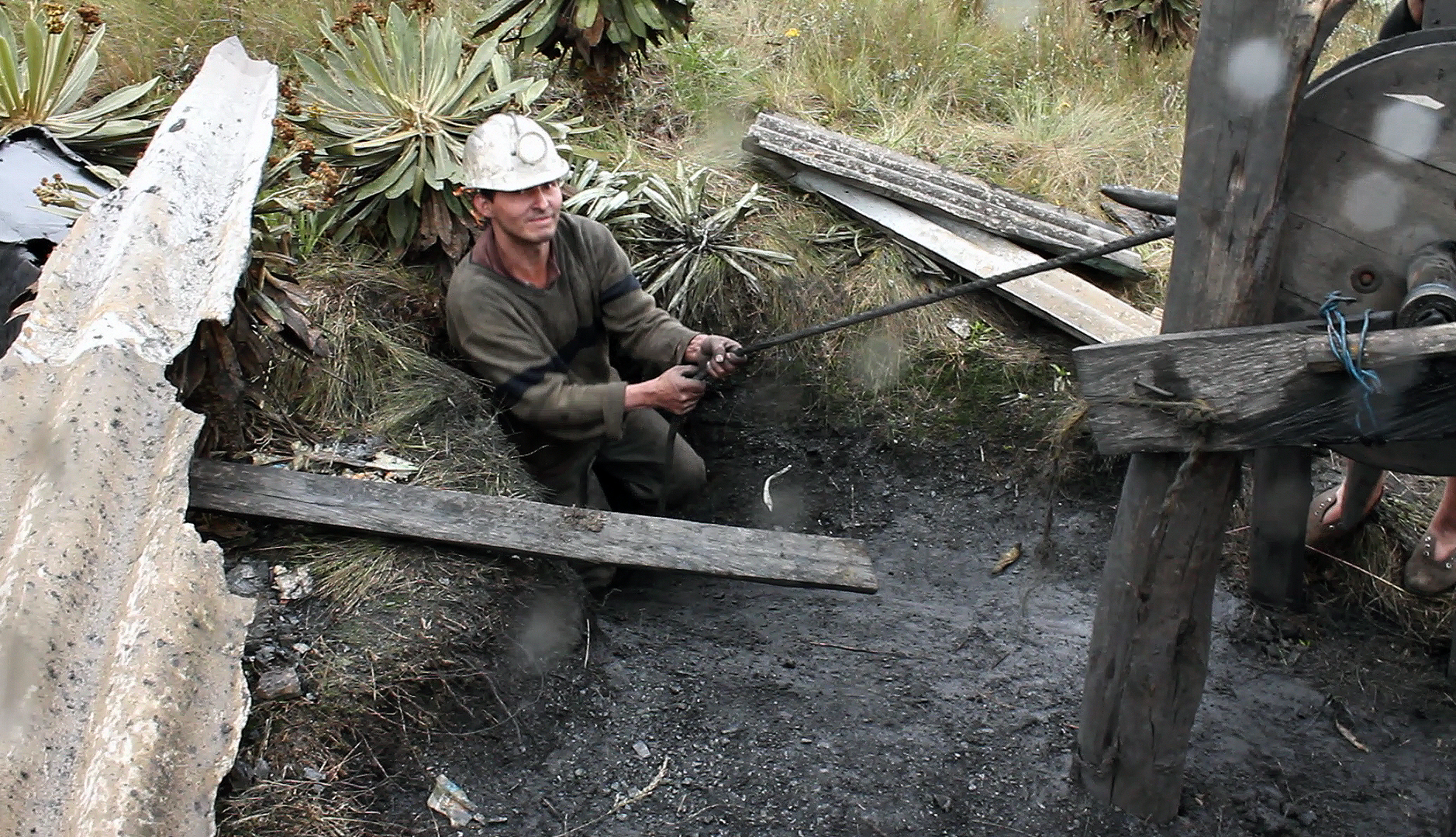
An unfortunate series of events last week turned my last blog post (Colombia's Readiness for the Mining Industry) into a warning that has now become reality.
On February 1, five miners were killed in an explosion at La Escondida coalmine, near Sutatausa, a small town north of Bogotá. According to official reports, the explosion was caused by the accumulation of gases—mainly methane—in the tunnels. Floresmiro Olaya, the only survivor of the explosion, said to a local newspaper that the mine lacked proper ventilation, the tunnels didn't have shelters in case of a collapse (like the one that saved the 33 Chilean miners) and no inspection was conducted by authorities. The families of the killed miners announced they will sue the government for poorly enforcing safety measures in the mine.
This tragedy came only a week after another explosion killed 21 miners in a coalmine in Sardinata, Santander, in the northeast of Colombia. It, too, was apparently caused by a buildup of methane gas.
This was my unfortunate warning: Colombia's lack of preparedness to deal with a booming mining industry spurred by the high prices of commodities such as gold, coal, oil, and other minerals. Mining and environmental institutions are obsolete and ill-equipped to make sure that the industry does not compromise the environment or endanger the lives of miners.
President Santos called the deaths "totally unacceptable" and the government, after both cases, announced strict measures to ensure safety in the mines and drastic reforms. The determination of the government made it sound as it the situation was something new and that the authorities were caught by surprise. The reforms were announced to take effect immediately.
But the truth is that mining-related deaths are a frequent occurrence in Colombia. At least 130 miners were killed last year, according to Ingeominas, the national office in charge of overseeing safety regulations in the mines and granting mining titles. The worst tragedy in recent years happened less than seven months ago—under the administration of then-President Uribe—in an underground coal mine in Amagá, in the province of Antioquia. There, an explosion buried 163 workers, of which 73 subsequently died. At the time, officials announced immediate reform and more strict controls.
But since then not much has changed. Today, only 16 government officials (and some other 50 outsourced personnel) are in charge of safety inspections of the more than 6,000 mines throughout Colombia. This figure only counts legal mines that report to Ingeominas. The government estimates that another 3,000 illegal mines exist, scattered in 18 of the 32 provinces of the country. President Santos has openly criticized Ingeominas for its almost total lack of control, something that prompted the resignation of its director, Andrés Ruiz, on January 18.
In the urgency to show results in light of a situation that has clearly swamped government capacity, the police have taken the lead. In January, the police reported that 56 illegal gold mines were closed and 573 people arrested in just four months. Most of them are now free, since "illegal mining" is rather a fuzzy crime in Colombia.
Should security forces be handling the issue as first responders? The answer needs to be balanced. The government is in urgent need to curb illegal mining as well as enforce safety standards in small-scale mines. But it has to do it with tact.
The recent experience of Peru and Bolivia, where clashes between miners and armed police squads have escalated the tensions between communities that live on mining and authorities willing to regulate it, should be considered. It seems wiser to build confidence with local communities and use a softer approach to foster change than to send in the troops. This is especially true in Colombia where we are working precisely to overcome a long-lasting armed conflict.







